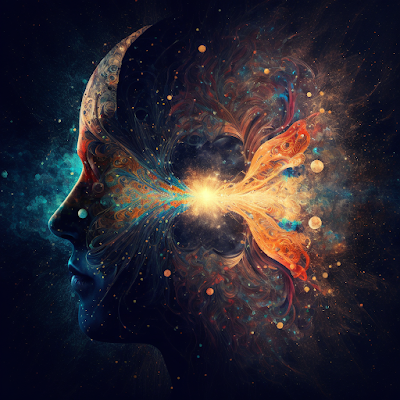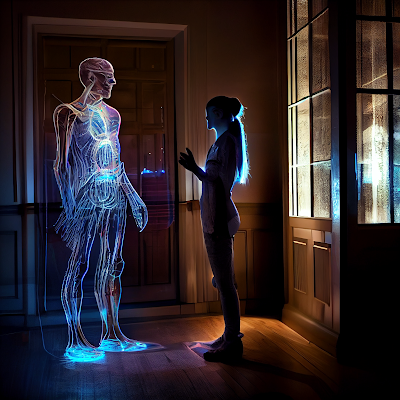Decoding Dreams: What Do They Really Mean?
Introduction
Dreams are a
fascinating aspect of our lives. We've all had them, and some of them have been
memorable, but what do they mean? In this blog post, we will explore the
theories and science behind dreams, their purpose, and the different types of
dreams. We'll also discuss the possible connection between dreams and our
emotional and cognitive well-being.
What are Dreams?
Dreams are a
series of thoughts, images, and sensations that occur in a person's mind during
sleep. They typically occur during the rapid eye movement (REM) stage, which is
a period of deep sleep characterized by rapid eye movements and vivid dreams.
The Purpose and Function of Dreams
There are
many theories about the purpose and function of dreams. The
cognitive-processing theory suggests that dreams are a way for the brain to
process and make sense of the events and experiences of the day. This means that
our dreams may be a way to help us deal with the information we receive while
we're awake.
Another
theory, the emotional-release theory, proposes that dreams are a way for the
brain to release pent-up emotions and thoughts that are not expressed during
waking hours. This means that dreams could help us deal with unresolved
feelings and emotions.
The Science behind Dreams
Research has
shown that certain parts of the brain are active during dreaming, including the
amygdala, which is responsible for processing emotions, and the hippocampus,
which is responsible for forming and consolidating memories. This suggests that
dreams may play a role in both emotional regulation and memory consolidation.
Influences on Dreams
Dreams can
be influenced by a person's thoughts, emotions, and experiences. For example,
if a person is going through a stressful event or has unresolved emotions, they
may have dreams that reflect these feelings. Dreams can also be influenced by
external stimuli, such as sounds or smells that are present during sleep.
Different Types of Dreams
There are
different types of dreams, including lucid dreams and nightmares. Lucid dreams
are dreams in which the person is aware that they are dreaming and can control
the dream's outcome. Nightmares, on the other hand, are dreams that cause fear
and anxiety.
Interpreting Dreams
Some people
believe that dreams have a deeper meaning or purpose, and that they can be
interpreted to reveal hidden truths about a person's subconscious mind. This
idea is based on the theory of dream interpretation, which holds that the
symbols and imagery in dreams have specific meanings that can be deciphered.
Conclusion
Dreams are a
natural and normal part of sleep that can be influenced by both internal and
external factors, and are believed to play a role in emotional regulation,
memory consolidation, and cognitive processing. While the exact function of
dreams is still not fully understood, it is clear that they are an important
aspect of the sleep experience. By understanding the science behind dreams and
their purpose, we may be able to gain insights into our emotional and cognitive
well-being.













Comments
Post a Comment